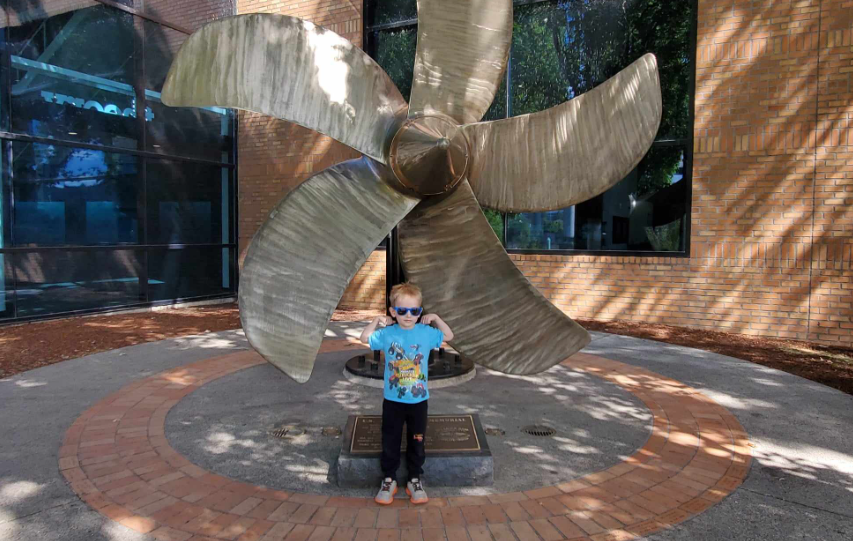
Exploring the USS Blueback (SS-581) Submarine
The USS Blueback (SS-581) is a renowned Barbel-class submarine that proudly served in the United States Navy from 1959 to 1990. Following its distinguished naval career, this iconic vessel found a new purpose as an exhibit at the Oregon Museum of Science and Industry. It’s important to note that the USS Blueback (SS-581) was the second Navy submarine to bear this illustrious name.
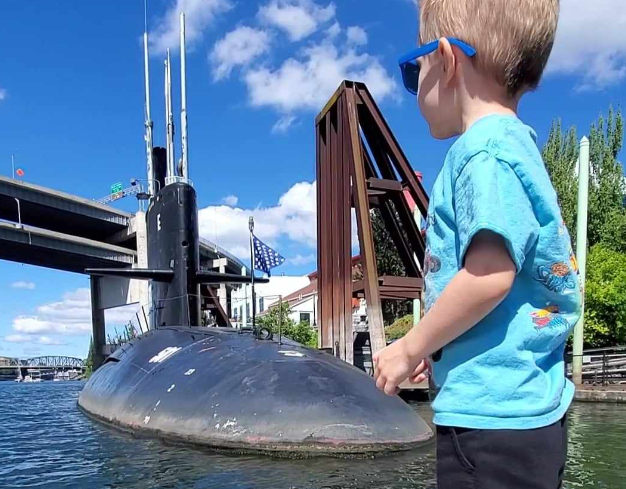
Origins and Commissioning
The journey of the USS Blueback began when it was laid down by the Ingalls Shipbuilding Corporation of Pascagoula, Mississippi, on April 15, 1957. The submarine was launched on May 16, 1959, with the sponsorship of Virginia McManes, the wife of Rear Admiral Kenmore McManes. On October 15, 1959, Lieutenant Commander Robert H. Gautier assumed command as the USS Blueback was officially commissioned into the United States Navy. It’s worth noting that the USS Blueback holds the distinction of being the last non-nuclear submarine to join the U.S. Navy, marking the end of an era in conventional submarine technology.
Naming Controversy
There has been some debate about the origin of the USS Blueback’s name. According to the Dictionary of American Naval Fighting Ships, the name is derived from a unique species of trout found exclusively in Lake Crescent on the Olympic Peninsula in Washington state. These trout are known for their bluish-black upper sides and whitish undersides. However, other sources suggest that the name is inspired by the blueback salmon, the most numerous species of salmon on the west coast. These salmon are recognized for their bright blue coloration with silver sides.
Service in the 1960s
After its fitting-out phase, the USS Blueback embarked on a series of acceptance trials in the Gulf of Mexico in January 1960. Successfully completing these trials, it departed Pascagoula on June 11, setting course for the Pacific. The submarine transited the Panama Canal on July 7 and reached its home port, Naval Station San Diego. There, it was assigned to Submarine Squadron 3 (SUBRON 3) within the Submarine Force of the Pacific Fleet. In November 1960, the USS Blueback underwent torpedo tube acceptance trials at Keyport, Washington, and received post-shakedown maintenance at the Mare Island Naval Shipyard. On November 23, 1960, the submarine was officially accepted for service.
The early 1960s were marked by intensive training in the San Diego area and participation in fleet exercises off the southern California coast. In July 1962, the USS Blueback entered the Mare Island Naval Shipyard for its first major overhaul. Following the completion of this overhaul in January 1963, the submarine made port calls at Seattle and Vancouver before relocating to its new home port, Pearl Harbor, Hawaii. There, it became part of Submarine Division 13 (SUBDIV 13). Over the years, the USS Blueback engaged in numerous local operations, special warfare exercises, and ASW (anti-submarine warfare) training.
Decommissioning and Legacy
On October 1, 1990, the USS Blueback was decommissioned, marking the end of its illustrious service to the United States Navy. This decommissioning was significant as it represented the retirement of the last conventionally powered combat-capable submarine from the U.S. Navy’s fleet, leaving a fully nuclear submarine fleet in its wake. The USS Dolphin (AGSS-555), a research submarine, remained as the last diesel submarine in the U.S. fleet, serving until 2007.
However, the story of the USS Blueback did not end with its decommissioning. In February 1994, the Oregon Museum of Science and Industry (OMSI) undertook the task of towing the USS Blueback to Portland, Oregon. Today, this historic submarine is a centerpiece exhibit at OMSI, where it serves as an interactive educational tool and a memorial to its naval legacy. Visitors to OMSI can explore the submarine and learn about its role in naval history.
Moreover, the USS Blueback’s radio room has been meticulously restored by the USS Blueback Radio Club, featuring both historic military radios and operational modern amateur radio gear that utilizes the submarine’s original military HF and VHF antennas. This effort allows visitors to experience the submarine’s communication technology firsthand, adding depth to the educational experience.
In recognition of its historical significance, the USS Blueback was added to the National Register of Historic Places in September 2008, ensuring that its legacy continues to be preserved for future generations.
Honors and Pop Culture
The USS Blueback also made appearances in popular culture, adding to its iconic status. It appeared in an episode titled “Samurai” of the 1970s television series “Hawaii Five-O.” Additionally, the submarine played a role in the 1990 movie “The Hunt for Red October,” although it did not perform the famous emergency surfacing stunt seen in the film. While filming on board, some crew members were even enlisted to portray Soviet Navy personnel.
The USS Blueback’s legacy as an educational exhibit, a technological marvel, and a cultural icon ensures its enduring place in history.
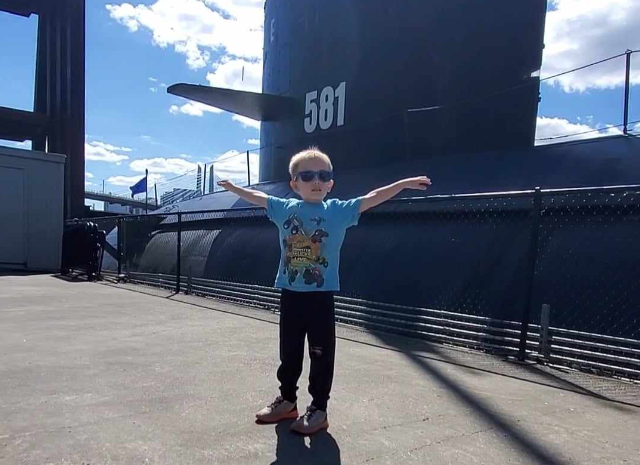
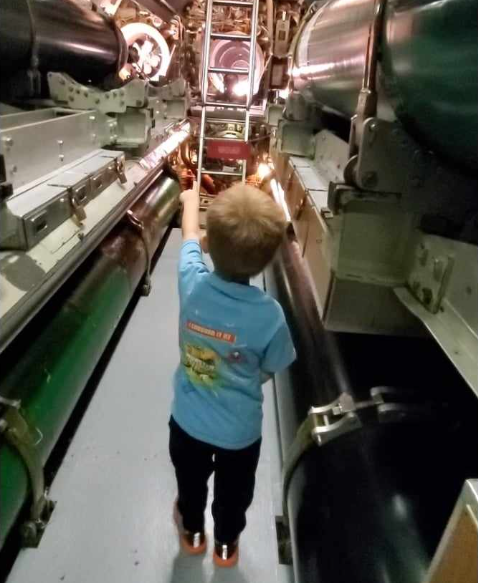
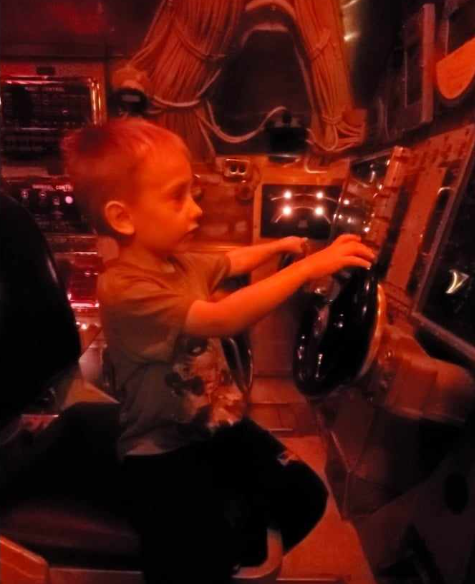
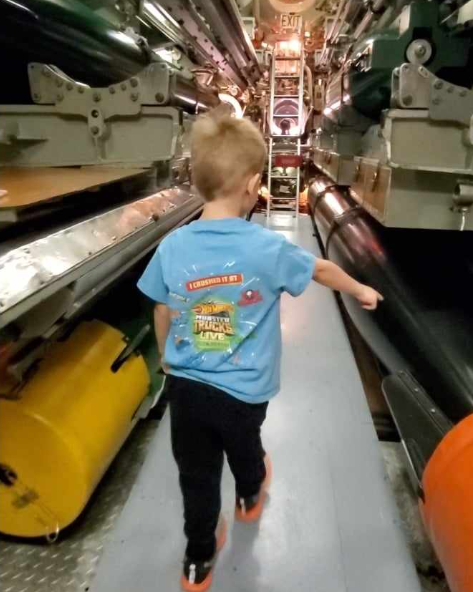

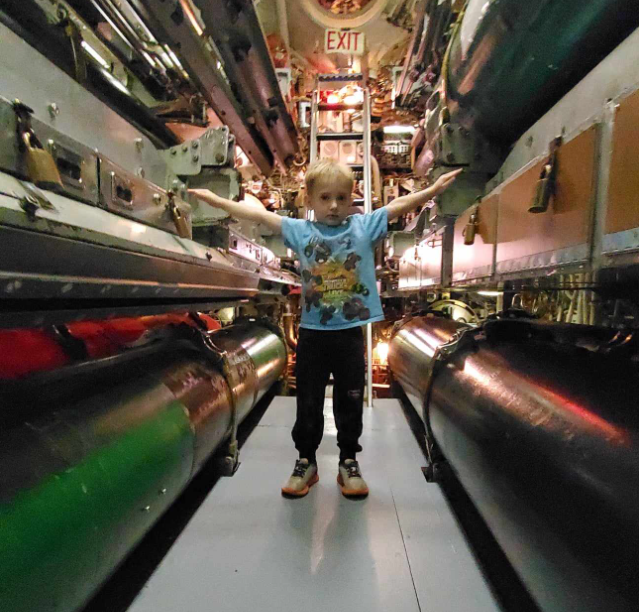

OMSI SUB TOURS
Tickets: Tickets.OMSI.edu
Address: 1945 SE Water Ave, Portland, OR 97214
Website: OMSI.edu

